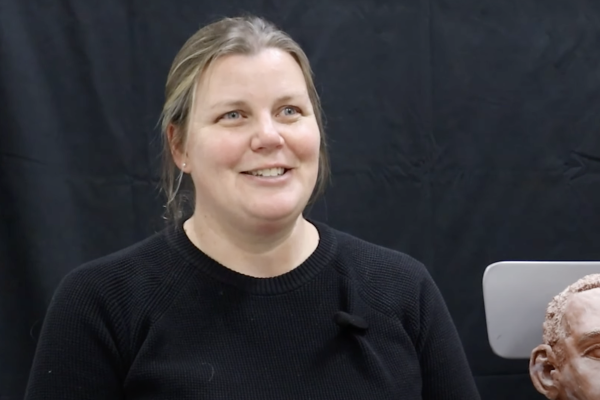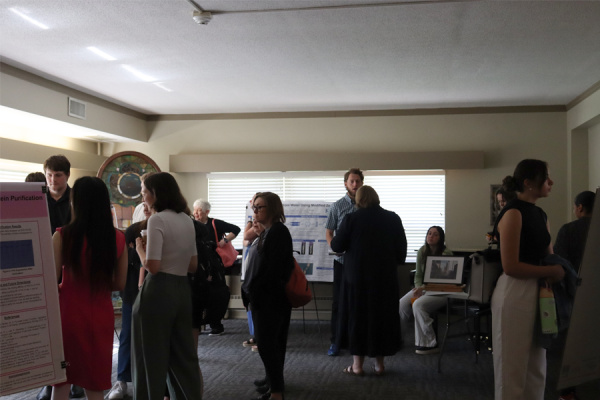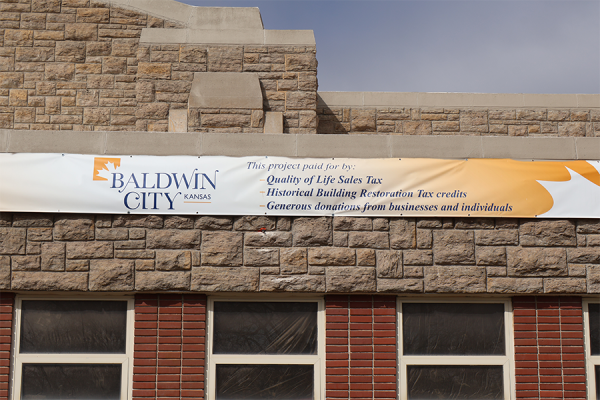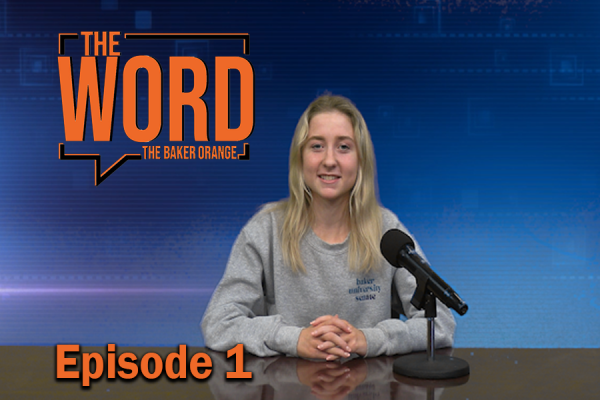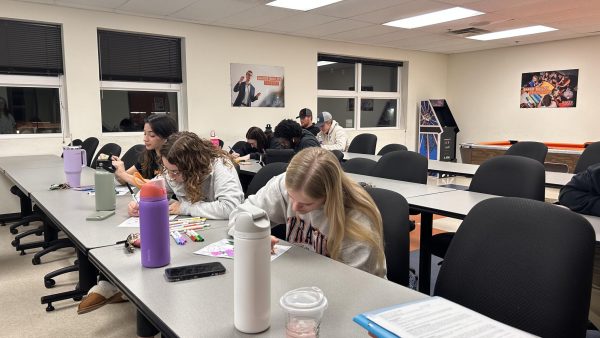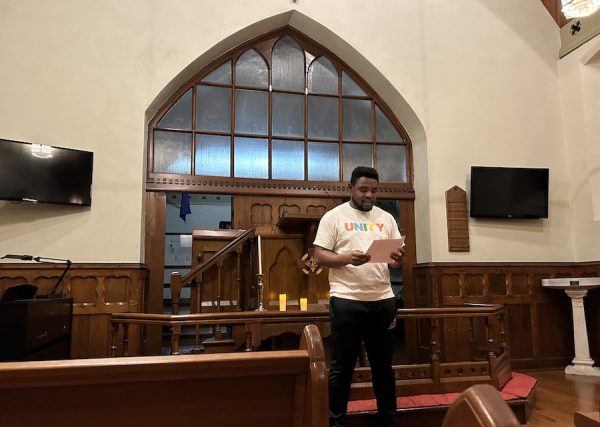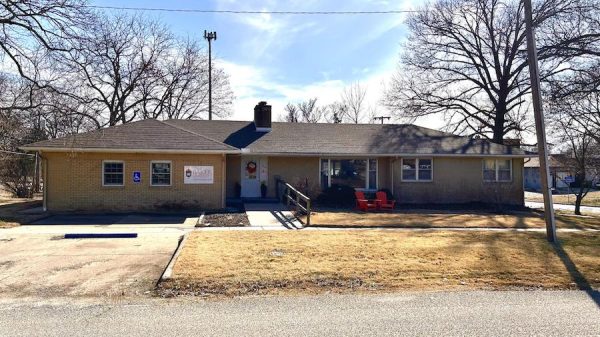Exercise science expands locally, nationally
November 13, 2014
As the baby boomers age, one of BU’s most popular majors, exercise science, is booming.
More physical therapists are needed to help the baby boomer generation, and many students at Baker University are planning careers to meet this need.
“Society is now making health a high priority,” junior Victoria Paul said. “As the baby boomers go into nursing homes, more physical therapists are needed.”
At Baker University, exercise science can be a track toward many different professions, one of the more popular being physical therapy.
“For the size of Baker, we have a surprising number of exercise science majors who gain a very good understanding of physical stress, both negative and positive on the body,” Associate Chair of the Department of Behavioral Health Sciences Chris Todden said.
According to the registrar’s office, Baker has had an average of 100 students for the past three years who declare their major as exercise science, which leaves approximately 800 students who major in the other 39 fields that Baker University offers. To major in exercise science at Baker, some of the classes students have to take are Intro to Biology, Anatomy and Physiology, Intro to Chemistry, Motor Learning and Kinesiology.
“One of the most difficult classes I will have to take is Kinesiology because you learn a lot of information about the body, movements and origins,” junior Jacob Fultz said.
After college, Fultz hopes to get a job directly in his desired field, athletic training. He should not have a problem; according to the Bureau of Labor Statistics, the projected percent change in employment of athletic trainers from 2012 to 2022 is 19 percent. This means Fultz may have 5,400 additional jobs at his disposal.
Most of the jobs exercise science majors receive have an increase in employment change, including but not limited to, fitness trainers and instructors with a 13 percent increase, occupational therapy assistants and aides with a 41 percent increase and occupational therapists with a 29 percent increase.
Freshman exercise science major Brett Juhl wanted to be able to help people in health care without having to become a doctor, so she chose exercise science.
“I don’t really know exactly where I will end up or what I will be doing,” Juhl said. “I guess we’ll see when I get there.”
Most exercise science majors will use various forms of physical activity to help patients overcome injuries and chronic health conditions or work with those who simply have a desire to stay fit, especially aging baby boomers.



